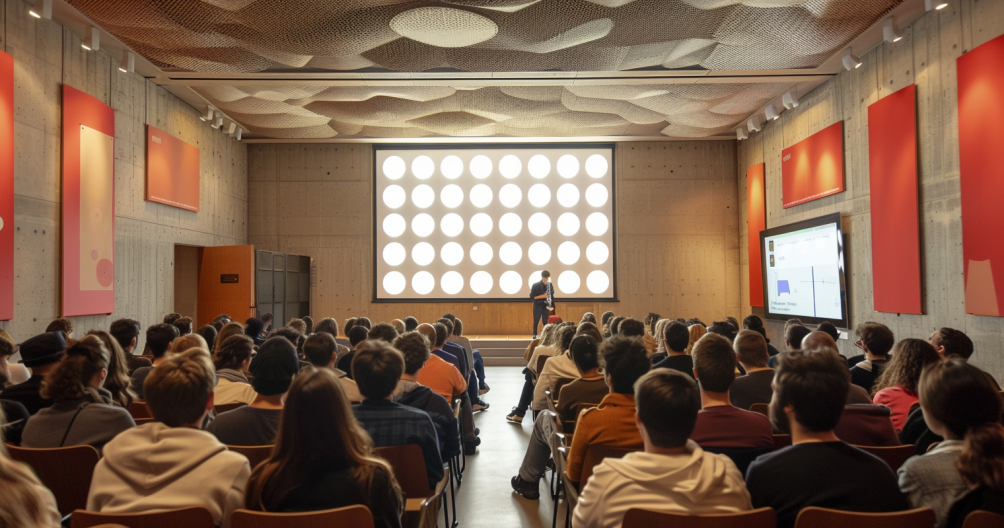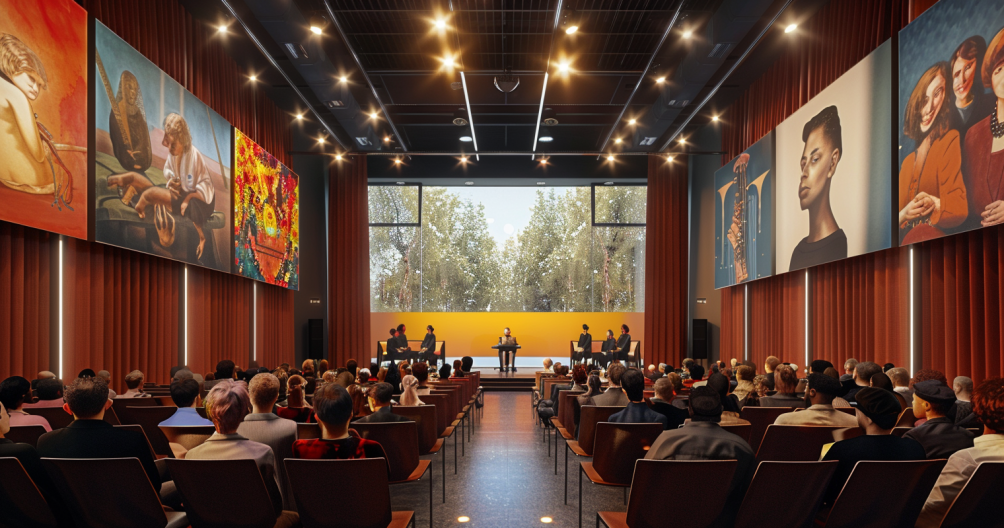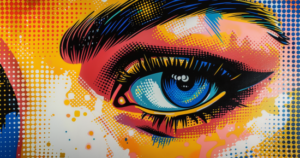Obtaining a fine arts degree can unlock a realm of artistic creativity and various career opportunities. If you have a deep passion for the arts, it makes perfect sense to pursue a Bachelor of Fine Arts (BFA) or a related program. A BFA is a respected undergraduate course designed to help students refine their skills and abilities while providing an understanding of the history, theories, and practices pertinent to their chosen artistic discipline. Consider this your guide to embarking on a Bachelor of Fine Arts (BFA) journey.
The Arts Degree
Pursuing a BFA allows you to choose from various specializations such as visual arts, theater and dance, film and photography, music, or creative writing. This degree program combines fine arts courses and general liberal arts studies, providing a well-rounded education that can prepare you for many careers in the arts. Bachelor of Fine Arts Degrees: Majors and Specialty Areas.
So, if you’re passionate about expressing yourself through creative mediums and aspire to work in a related industry, embarking on a fine arts degree might be the perfect pathway for you.
Understanding a Fine Arts Degree

History and Evolution
A fine arts degree traces its roots to the Renaissance period when the concept of “fine arts” emerged, focusing on creating aesthetic objects for visual pleasure. Over time, fine arts have evolved, with new mediums and techniques emerging, making the field more diverse than ever. Today, a fine arts degree prepares individuals for careers in art and related areas, such as performance and creative writing.
Types of Fine Arts Degrees
There are several types of fine arts degrees, each focusing on a specific discipline. The most common is the Bachelor of Fine Arts (BFA) degree, an undergraduate program designed for students seeking a comprehensive education in various artistic disciplines, such as painting, sculpture, and photography. Learn more about BFA degrees. Apart from the BFA, there are also Associate of Fine Arts (AFA), Master of Fine Arts (MFA), and Doctor of Fine Arts (DFA) degrees available for further studies.
Curriculum Overview
A BFA typically takes four to five years of full-time study, with requirements varying by school. Find out more about the duration and cost of BFA degrees. The curriculum typically consists of two-thirds study in the fine arts, with one-third in more general liberal arts studies. Learn about the standard course offerings. Some major components of the curriculum may include:
- Foundational courses: These courses provide essential skills and knowledge in areas such as drawing, painting, and sculpting, helping you to build a strong foundation in your artistic journey.
- History and theory: Courses in this area cover the historical development of various art forms and delve into art criticism, analysis, and interpretation.
- Studio practice: In these hands-on sessions, you’ll refine your technical skills, experiment with new materials, and learn from experienced artists and instructors.
- Electives: These courses allow you to explore other areas of interest, such as digital media, printmaking, or ceramics, to broaden your artistic expertise.
Throughout your fine arts degree, you’ll also have opportunities to showcase your work in student galleries, collaborate with fellow students on projects, and participate in community art events, which will assist in professional development. Upon completion, you’ll be well-prepared for careers in various art-related fields, such as professional artists, gallery curators, art educators, designers, or illustrators. Explore some potential career paths.
Career Pathways with a Fine Arts Degree

Employment Opportunities
A fine arts degree can open up a wide range of career opportunities for you. These can vary from traditional art-related fields to creative problem-solving and design careers. Some examples include Actors, Advertising Illustrators, Photographers, and Animators, among others. You can also pursue opportunities as a Fashion Designer, Interior Designer, Architect, Musician, and Videographer. The versatility of a fine arts degree means that you have many options to explore and discover the best fit for your interests and talents.
Building a Professional Portfolio
As you embark on your fine arts career, it’s essential to create a professional portfolio showcasing your work. This portfolio will be your visual resume, demonstrating your skills and experience to potential employers. When building your portfolio, consider including:
- Personal projects: Showcase your unique style and creative voice through personal projects.
- Academic work: Present examples of your best coursework that reflect your growth as an artist.
- Commissions or freelance work: Include any professional projects you’ve completed, emphasizing your ability to work with clients and meet deadlines.
- Exhibitions or shows: Highlight any exhibitions or art shows where your work has been featured.
Remember to update your portfolio regularly, so it stays current and relevant to your evolving skills and artistic achievements.
Continuing Education and Specialization
Pursuing further education and specialization in your field can enhance your career prospects and help you stand out in the competitive art industry. After completing your fine arts degree, you may consider:
- Graduate programs: Enrolling in a Master’s or PhD program in fine arts can allow you to deepen your expertise, conduct research, and increase your credibility as an artist.
- Professional certifications: Obtaining certifications in specific areas, such as digital design, web development, or animation, can make you more appealing to potential employers.
- Workshops and seminars: Attending workshops and seminars relevant to your field can help you stay updated with industry trends, learn new techniques, and network with fellow artists.
By continuously developing your skills and knowledge, you’ll increase your chances of success in the fine arts world and further your artistic journey.






